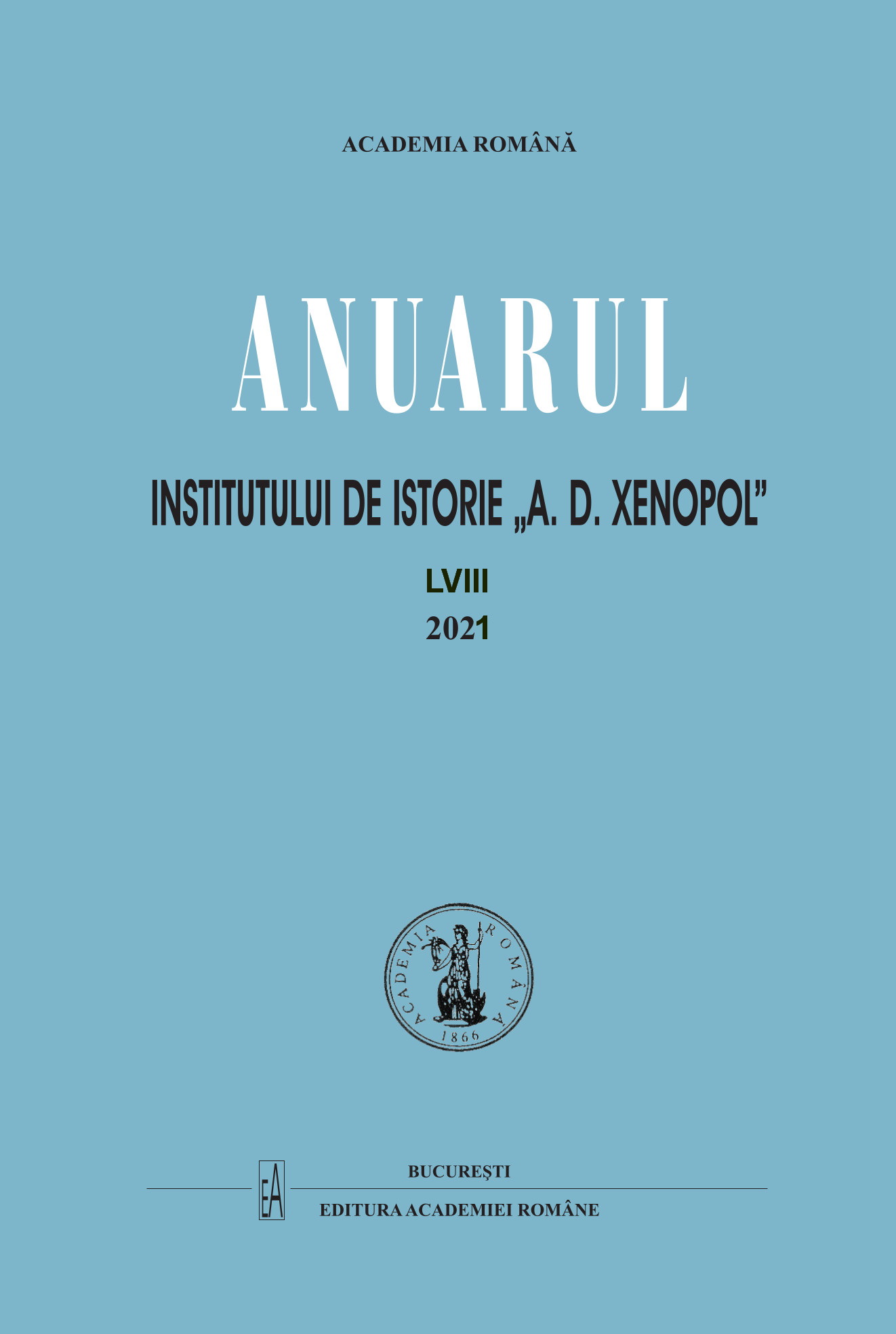BOLSHEVIK PROPAGANDA ON THE ROMANIAN FRONT. PUBLIC MEETINGS DURING 1917
BOLSHEVIK PROPAGANDA ON THE ROMANIAN FRONT.
PUBLIC MEETINGS IN THE YEAR 1917
Author(s): Claudiu-Lucian ToporSubject(s): Political history, Social history, Pre-WW I & WW I (1900 -1919)
Published by: Editura Academiei Române
Keywords: Bolshevik Propaganda; Romanian front; World War I; Russian soldiers;
Summary/Abstract: From the beginning of the war, the Romanians and the Russians forged a controversial alliance. The military cohabitation was difficult, being fraught with suspicion and mutual blame. The disaster of the campaign in the summer of 1916 forced the Romanian authorities to tighten the cooperation with the Russian troops. In early 1917, the latter were occupying important positions, bringing in significant forces to the Romanian front. The Russians’ presence in Moldavia had always been considered from the point of view of usefulness. Tolerated by the authorities, the Russian allies made very few friends among the population. Their intervention, regarded by some as an “invasion”, had actually been viewed almost always as an extreme necessity. Without the Russians’ intervention, the frontline in Moldavia could not be maintained. But Russia had always been a giant with clay feet: in the last years of the war, the empire had faced enormous social convulsions, which had caused the collapse of the Tsarist regime, followed by a new, failed, attempt to restore democracy, and by events that eventually resulted in the rise of bolshevism, an ideology that many of the contemporaries deemed to be one of the “diseases” of the 20th century. The revolutionary events influenced the attitude and the behaviour of the troops present at the time in Moldavia. The documents found in Romanian archives reveal clearly these implications. The year 1917 was filled with turmoil within the outfits of the Russian army. Throughout Moldavia, meetings were held, and both officers and soldiers attended them. These meetings, discretely monitored by the agents of the Romanian Secret Police (“Siguranța Generală”), originally fought the defeatist mood in the Russian army and the propaganda in favour of a separate peace, despite the fact that, towards the end of the year, they were effectively hijacked and used by the Bolshevik agitators. The Russian garrisons were debating the events that had taken place in Russia after the fall of the Tsar, the social and political reforms, the relations with the allies in the Entente, the attitude regarding the continuation of the war. But the public meetings reveal the hidden danger that could cruelly hit the Romanians’ renewed hopes; before the decisive battles of the summer of 1917, the Russian allies appeared to be weakened by contradictions – oftentimes they were hesitant in battle. It is not by accident that the Germans had planned to breach the frontline at Mărășești precisely in the sectors defended by the Russians. The fierce resistance put up by some of these outfits also reflects a propaganda success. The same way the revolutionary meetings had served the Bolsheviks in instrumentalizing “the Russian defection”, the entire propaganda against the war, encouraging the overthrow of the king and inciting the population to rebellion, they also strengthened initially the confidence in the war alliance and the conviction that the Germans had to be defeated. This explains why the Bolsheviks' feed of false information did not produce the expected effects before the armistice was signed. The bolshevisation of the meetings in 1917 occurred gradually and was directly dependent on the political developments in Russia. This presentation focuses on the hypothesis of a progressive shift in content, examining the course of revolutionary meetings, the way they are reflected in the paperwork produced by the Romanian authorities at the time.
Journal: Anuarul Institutului de Istorie »A.D. Xenopol« - Iaşi
- Issue Year: LVIII/2021
- Issue No: 58
- Page Range: 297-307
- Page Count: 11
- Language: English

